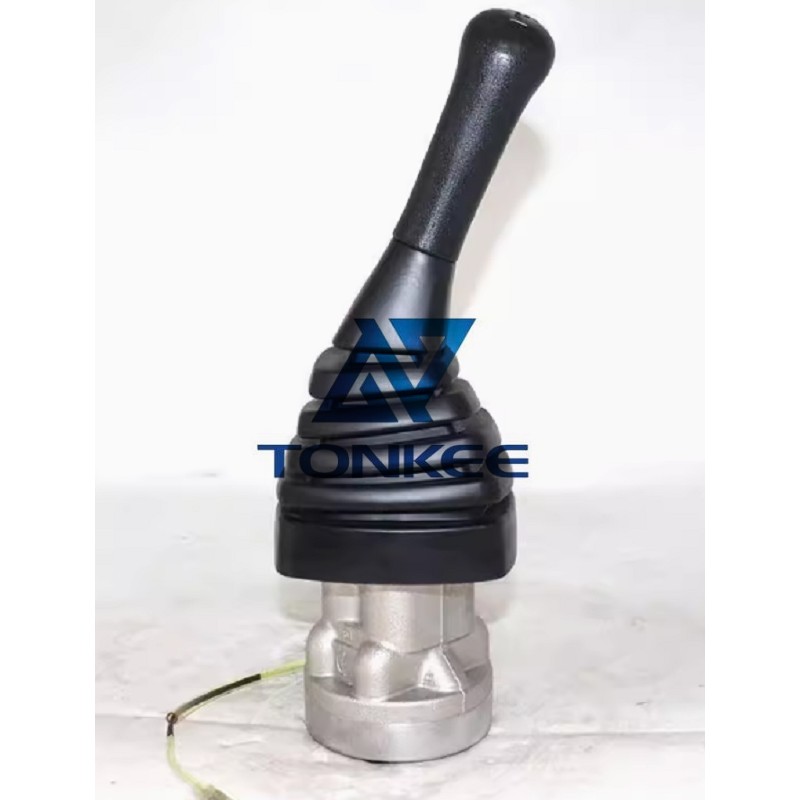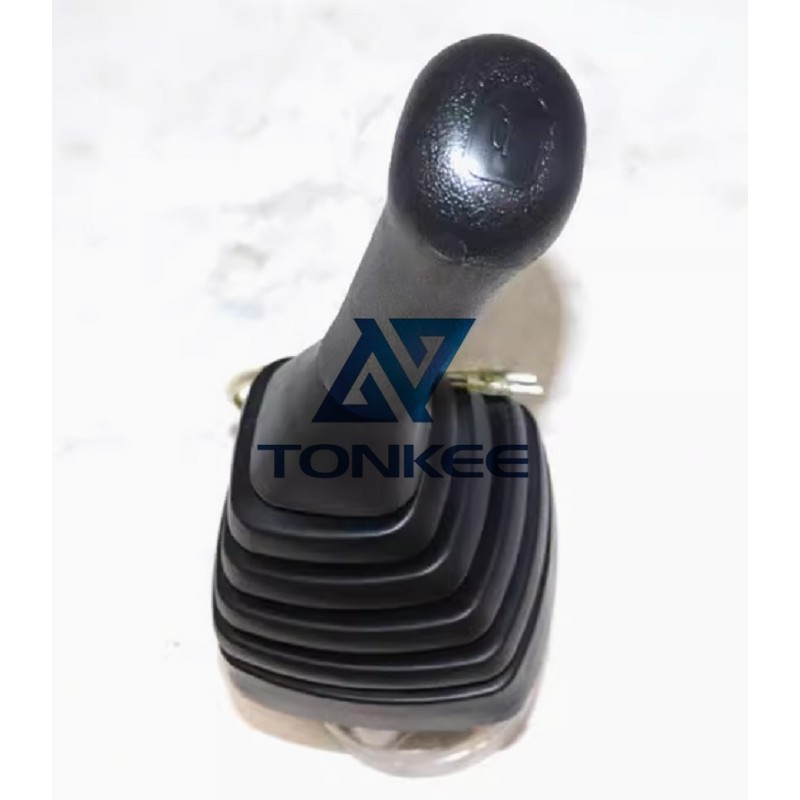

Shape: It usually has an ergonomic shape designed to fit the operator's hand comfortably. The shape may be contoured to reduce fatigue during long hours of operation. For example, it might have a slightly curved or angled design.
Dimensions: The length, width, and diameter (if cylindrical) of the handle are carefully designed. The length can range from [X1] mm to [X2] mm, the width from [Y1] mm to [Y2] mm, and the diameter (if applicable) from [Z1] mm to [Z2] mm. These dimensions are optimized for easy handling and control by operators of different hand sizes.
Load-bearing Capacity
The handle is designed to withstand the forces applied by the operator during normal operation. The maximum load-bearing capacity in the direction of movement (push, pull, etc.) is typically specified. For example, it can withstand a force of [F1] N in the forward direction and [F2] N in the backward direction without damage or excessive deformation.
Connection to the Control Lever
It is connected to the control lever through a specific mechanism, such as a threaded connection, a snap-fit connection, or a mechanical coupling. The connection is designed to be secure and reliable to ensure accurate transfer of the operator's movements to the control lever.



















